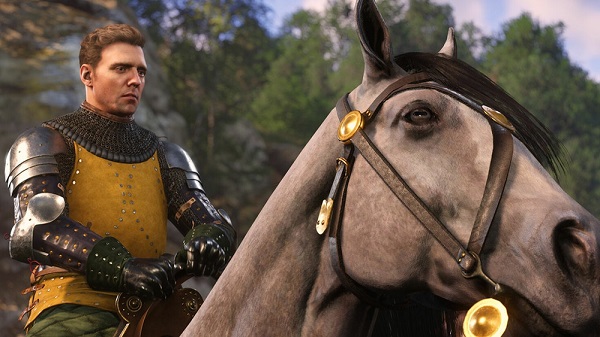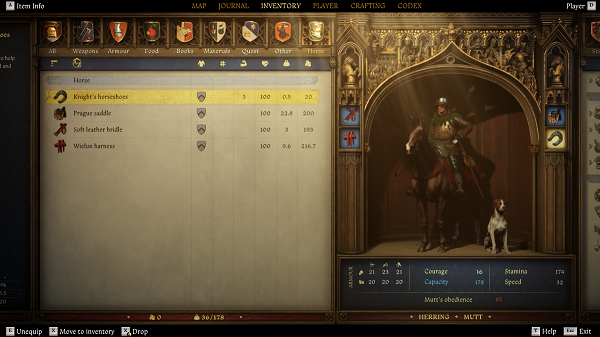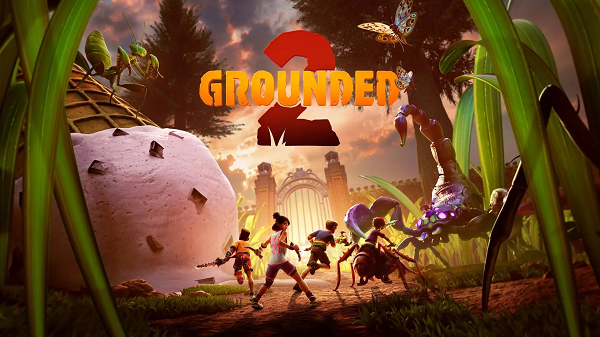Popular Now
Kingdom Come: Deliverance II, the ambitious sequel to Warhorse Studios’ grounded medieval RPG, seeks to deepen the realism and complexity that made its predecessor stand out. Set in the richly detailed landscape of 15th-century Bohemia, the game continues the story of Henry, a blacksmith's son, navigating the political, religious, and military chaos of the era.
From its stunning visuals to its narrative fidelity and dedication to historical realism, Deliverance II represents a bold evolution of the series. However, as with any ambitious title, not everything lands perfectly. This article explores the core strengths and shortcomings of the game—especially the role of AI in combat—and how these elements affect the overall player experience.
A World That Breathes: Strength in Setting and Atmosphere
The first thing players notice in Kingdom Come: Deliverance II is the world. Bohemia is alive with detail: peasants plow fields, guards change shifts, and churches ring bells at prescribed times. This isn’t a fantasy realm—it’s a painstaking recreation of medieval Europe.
The developers’ commitment to realism is evident in environmental storytelling. Inns bustle with gossip, forests teem with wildlife, and architecture reflects the regional styles of the time. These touches build a deeply immersive backdrop, allowing players to truly feel like a part of history.
Realistic Combat System: A Double-Edged Sword

Combat in Deliverance II builds on the unique direction-based system of the first game. Players must time blocks, manage stamina, and choose attack angles wisely. There are no overpowered magic spells or flashy combos—just gritty, weighty melee engagements that reward patience and precision.
Strengths:
-
Directional swordplay based on historical techniques
-
Stamina and timing systems add tactical layers
-
Weapons and armor feel physically distinct
This approach continues to distinguish Deliverance II from other action RPGs. However, the complexity of the system also exposes weaknesses when AI fails to keep up.
The Promise and Pitfalls of Combat AI
While the mechanics provide a solid framework, the artificial intelligence that governs opponents doesn’t always live up to expectations. In one-on-one duels, enemies display decent behavior—blocking, countering, and occasionally feinting to throw players off.
But when encounters become more complex—especially in group fights or open terrain—the AI begins to unravel.
Weaknesses:
-
Enemies take turns attacking awkwardly
-
Pathfinding can be inconsistent on uneven terrain
-
Archers are often static and easily defeated
These issues can break immersion, especially in a game that strives for authenticity.
Strength in Storytelling and Character Development

One area where Deliverance II truly shines is narrative depth. Henry’s journey is personal and grounded, framed by real political conflict. Supporting characters feel fleshed-out, with motivations and arcs that evolve meaningfully over time.
Choices carry weight. Whether you choose to resolve a quest diplomatically or through brute force affects not just the outcome but how people in the world perceive Henry.
Notable Improvements Over Part I:
-
Better voice acting and facial animations
-
Richer side characters with personal subplots
-
Dynamic quest outcomes tied to moral decisions
This mature storytelling complements the realism of the world, making it one of the game’s standout strengths.
Morale and Behavior Systems: An Incomplete Innovation
Deliverance II introduces a morale system where enemies may flee if outnumbered or demoralized—on paper, an exciting addition that mirrors real battlefield psychology. Unfortunately, this system currently behaves inconsistently.
Sometimes enemies flee after one or two comrades fall; other times, they fight to the death regardless of odds. This unpredictability can feel immersion-breaking, especially during large engagements or ambushes.
Missed Opportunities:
-
No clear indicators of enemy morale thresholds
-
Lack of commander influence or formations
-
Inconsistent reactions to overwhelming odds
Still, the inclusion of such a system hints at the developers’ ambitions and could be improved in patches or sequels.
Environmental AI: The Terrain Trap
The game’s beautiful landscapes—rolling hills, dense forests, crumbling castles—look breathtaking. But these environments often pose challenges for AI pathfinding. Enemies might get stuck behind rocks, fail to scale slopes, or lose line of sight inexplicably.
These hiccups are most noticeable in:
-
Ambush scenarios in wooded terrain
-
Fights in ruins or multi-level structures
-
Horseback chases where AI struggles to follow routes
This undercuts the tactical potential of the terrain and can make critical missions feel awkward or unbalanced.
Combat Pacing and the “Attack Queue” Issue
To avoid overwhelming players in group combat, Deliverance II uses a queuing system where enemies take turns attacking. While intended to promote fairness, this system often creates a disjointed, almost theatrical rhythm.
Enemies visibly hesitate or pace around waiting for their “turn,” which breaks the illusion of a real battle. Players can exploit this behavior by isolating foes or “kiting” them one by one.
Potential Improvements:
-
More organic group aggression patterns
-
Dynamic flanking behavior
-
Greater variety in enemy archetypes and tactics
This would align better with the game’s realistic aspirations and enhance the challenge.
Progression, Equipment, and Combat Balance

Despite AI flaws, the game’s progression system gives players a strong sense of growth. From a humble peasant with a rusty blade to a fully armored knight, the journey feels earned.
Weapons and armor aren’t just cosmetic—they affect movement speed, attack power, and even how people treat you. A player in noble gear might intimidate bandits or gain favor with lords.
However, balance can sometimes suffer due to:
-
Overpowered gear trivializing combat
-
AI struggling to adapt to high-level tactics
-
Lack of scaling intelligence in harder difficulties (just higher damage/hp)
This puts more pressure on the player to self-regulate their playstyle for challenge.
The Modding Community: Fixes and Enhancements
As with the original game, Deliverance II has a dedicated modding scene that has quickly begun addressing AI limitations. Mods that tweak AI behavior, morale consistency, and group tactics are already circulating.
Popular Mods:
-
Realistic Combat Behavior: Improves decision-making in enemies
-
Dynamic Morale System: Adds more predictable reactions
-
Better Archers: Makes ranged enemies reposition and react to flanking
These community fixes not only enhance the game but highlight where official improvements could be made in future updates.
Conclusion: A Noble Step Forward, Not Without Stumbles
Kingdom Come: Deliverance II is a monumental achievement in immersive, historically grounded game design. It improves on nearly every aspect of its predecessor—storytelling, visual fidelity, world-building—while continuing to offer one of the most unique melee combat systems in gaming.
However, its reach occasionally exceeds its grasp. Combat AI, while functional, lacks the intelligence and adaptability to match the game's ambition. From morale inconsistencies to awkward attack queues and poor pathfinding, the system often undermines otherwise dramatic moments.
Still, these shortcomings don’t erase the game’s many triumphs. With continued support and patches—or creative mods—Deliverance II has the foundation to become a definitive title in the historical RPG genre.

















